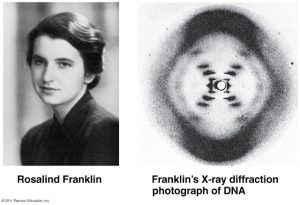We know that lipids are stored in the form of triglycerides. They store twice the amount of energy than in sugars (fats: 38 kJ/g; glycogen: 17 kJ/g).
To illustrate the importance of fats as energy storage molecule, an imaginary scenario was given (adapted from Berg et al. 2002).
A person that weights 70 kg has 15 kg fat in average (assuming 20% fat content). It seems to be a horrible amount to shake off for girls and bodybuilders.
But what if fats are fully replaced by glycogen, the storage molecule for sugars? Well, glycogen has only half the amount of energy as in fats. To achieve the same amount of energy storage, 30 kg (*15 kg x 2) of glycogen is needed.
That is not the end of the story.
Glycogen has many polar hydroxyl groups. So for every gram of glycogen, it attracts and binds to 2 grams of water molecules.
Consequently, 30 kg of glycogen will bind to 60 kg of water.
In conclusion, if we were to fully replace fats with glycogen, we need to put on 90 kg of glycogen and water! We should be thankful. Because of fats, we are not fat.


